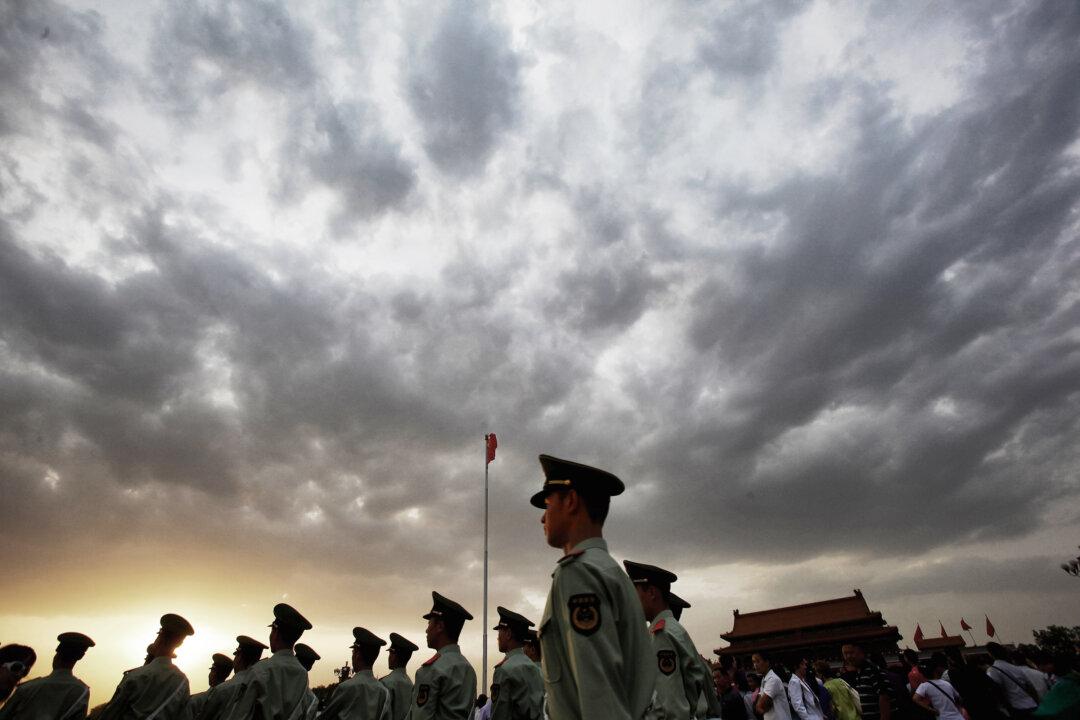Residents of Shanghai, China’s largest city of 25 million people, were caught off guard by the sudden reopening of the city after a prolonged lockdown and enforcement of zero-COVID measures. Reports indicate that the number of COVID cases in Shanghai continues to mount and is at a record high, and the crematoriums and funeral providers are experiencing overwhelming demand for their services. Many healthcare workers are infected with the virus but need to go to work.
This means that only 10 percent of emergency needs can be met by the ambulances and staff.
Shanghai Medical Emergency Center calls for the rational use of emergency telephone services, “leaving limited resources for those who need them most,” said the report.
The number of emergency cases at many hospitals in Shanghai reached a record high because of a surge in COVID patients that followed the Chinese Communist Party’s (CCP) abrupt lifting of its zero-COVID policy.
The hospital received 1,920 emergency calls and 118 ambulances throughout the day on Dec.25. Most patients were elderly and had respiratory diseases or other underlying diseases.
At a hospital in the Putuo district, “the emergency room used to be about 500 (one day), but now it has reached 1,600,” the Paper reported.

Funeral Services Overloaded
Shanghai’s funeral houses have a surfeit of bodies to cremate due to a spike in the COVID-19 death toll.Epoch Times reporters contacted multiple funeral parlors in Shanghai on Dec. 23 and 24.
The funeral parlor in Jinshan district confirmed that its cremation volume has heavily increased due to the recent serious epidemic status, “and our staff is pretty stretched.”
Staff in the Yishan funeral parlor in the Minhang district said that there are so many bodies to handle that they can’t keep up.
A funeral home in the Pudong district said that it cannot give a definite date for a cremation to family members of the deceased as all times have been booked, but “you can make an appointment to line up.”
“The freezer is full, the transport [of bodies] has reached saturation … bodies of those who passed away a few days ago were not cremated yet. A wait of four days is the earliest, but even that cannot be guaranteed,” said a staff memver of a funeral Parlor in Nanhui district.
High Infection Rate Among Health Care Workers
The COVID-19 virus has dramatically hit Shanghai healthcare workers. Wu Hejin, the head nurse on the first floor of the emergency department of Shanghai Putuo District Central Hospital, told The Paper that there are 40 nurses on the first floor and almost all of them have tested positive for COVID , and despite having a fever and coughing, they have had “almost no rest” for more than 10 days.The official media described the situation as a “positive energy” story, implying that the nurses who tested positive, whether they had symptoms or not, all insist on working.
Pregnant Women in Danger
Pregnant women and women in labor are at an ultra-high risk of infection as they can barely avoid going to the hospital.A woman, who had just been discharged from the hospital after giving birth, told a Chinese financial media on Dec. 27 that “when I was on the surgical table for cesarean section, I heard the dialogue between medical staff saying they were all positive and had to do surgery,”
Another woman who was discharged from Shanghai Red House Hospital on Dec. 19 said that, “there are no mothers and fathers who have not tested positive,” among those admitted and then discharged since Dec.10, “Even if you are admitted to a VIP single room, it is inevitable that you will be cross-infected in the ward because the medical staff is the same group of people.”

Tragedy Continues
Shanghai was heavily impacted by the government’s zero-COVID policy during three months of lockdown in early April through late June 2022; but problems resurfaced after the CCP suddenly opened the city without medical preparation.The article said that the sudden policy reversal, from the government to the medical department, to the public, appears to be a mess, including the lack of psychological preparation for the public, the lack of preparation for basic drugs, the lack of preparation for medical resources, and the lack of a top-level plan.





